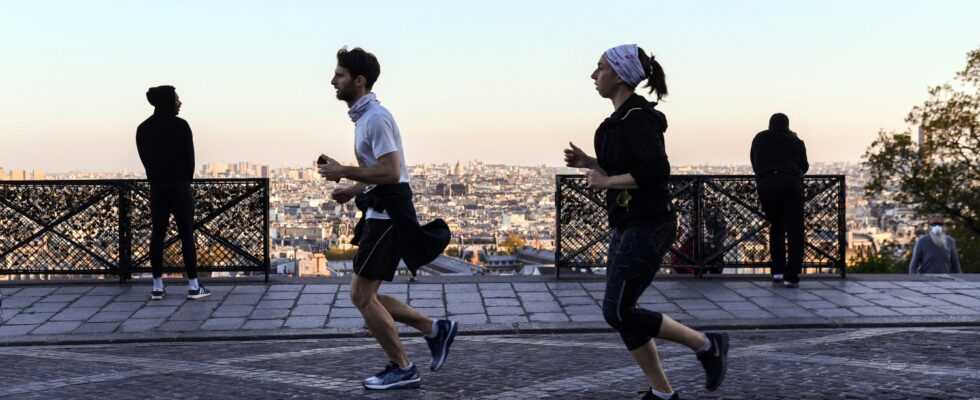With the return of good weather, and milder temperatures, only one desire: to be outside. And not just to sunbathe, some take the opportunity to (re)start running. “I see a lot more people running,” says sports coach Anouk Garnier, at the microphone of Julia Vignali and Mélanie Gomez in Well done for you. “All human beings are made to run” since “it’s our means of survival”, she says. According to the trainer, “physiological adaptations of our body during evolution have been made so that we can run longer and faster”.
Are injuries common?
“One in two runners experiences pain or injury every year,” explains Anouk Garnier, who concedes that “it doesn’t make you want to run”. But according to her, there are two reasons why we get hurt, and “it’s not the fact of running”. The first, “it’s because we want to do too much, and too quickly”, by multiplying the sessions and varying them too quickly, “while our body is not ready”. In reality, the trainer advises to do “a gradual increase in mechanical stress”.
How to avoid them?
To start, run for five minutes at a time, increasing your run as you go. You can also alternate between doing four minutes of running, then one minute of walking. To get your body used to it, do this exercise two to three times. “It really allows time for the tendon to reaccustom to these impacts,” says the coach.
Second reason for hurting ourselves: we simply no longer have the same lifestyle as before, since we are sedentary and “we have transformed our movement capacities”. In other words, “we lose our full range of motion, we feel more restricted”, which means that in “running, it will be felt right away”, says Anouk Garnier.
Can injuries be prevented?
To limit this impact, the columnist of Well done for you advises integrating mobility exercises into your warm-ups, such as “raising the elbows and knees” before going for a run. Then, during the race, “you can add strengthening exercises, either at the end or in the middle” mainly targeting the back via the abs and the knees, which are very easily injured when running.
For the knees, the trainer recommends exercises on one leg, such as lunges, since when you run “you are on one leg at a time”. You can also perform a “squat on one leg”, by sitting down slowly on a bench during your running session, for example.
To strengthen your abs and therefore your back, you can do dynamic sheathing while running.
